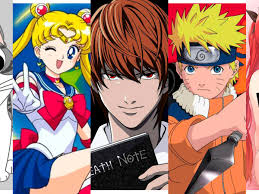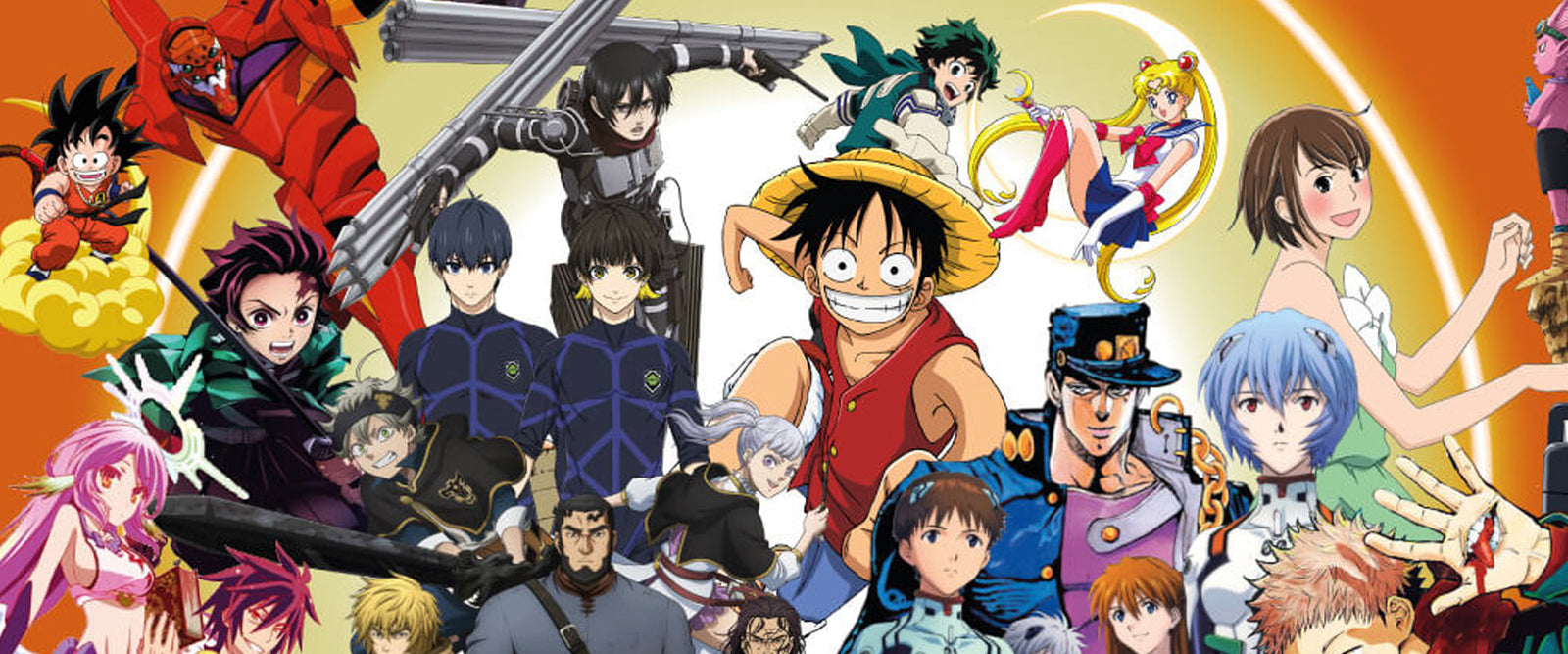The Fascinating History of Anime: From Humble Sketches to Global Phenomenon
Anime. The word alone conjures images of big-eyed heroes, high-stakes battles, and opening theme songs that get stuck in your head for days. But where did this art form come from, and how did it grow from niche Japanese entertainment into a global cultural powerhouse that rivals Hollywood?
Today, we’re diving deep into the history of anime — tracing its roots, rise, and worldwide impact.
(For an even more detailed timeline, you can explore the History of anime on Wikipedia.)
Early Beginnings: The Birth of Japanese Animation (1910s–1930s)
Anime didn’t start with colorful TV series — it began as experimental short films. Around 1917, Japanese filmmakers were inspired by Western animation techniques, creating hand-drawn shorts that brought myths, folklore, and daily life to the screen.
Though many of these early works have been lost, they laid the foundation for Japan’s unique style of animation, one that emphasized storytelling and atmosphere over slapstick. By the 1930s, anime was becoming a cultural force, used both for entertainment and, during wartime, propaganda films.
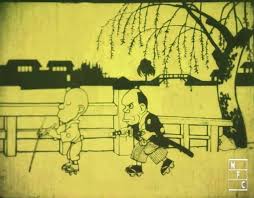
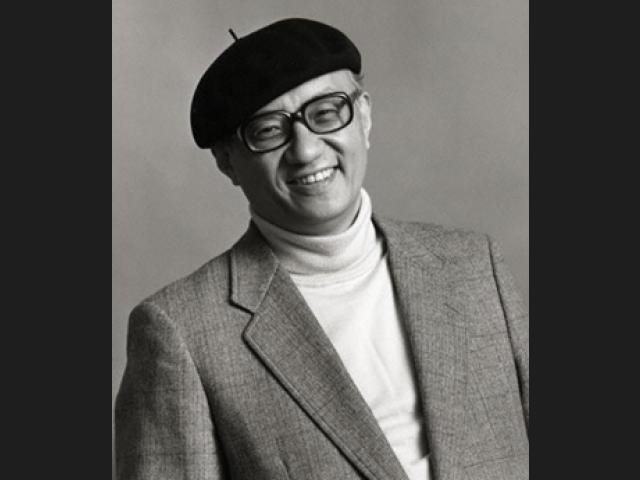
The Post-War Boom: Enter Osamu Tezuka (1940s–1960s)
No history of anime is complete without mentioning Osamu Tezuka, often called the “God of Manga.” His storytelling and art style revolutionized both comics and animation. Tezuka’s most famous creation, Astro Boy (1963), became the first Japanese animated series to achieve widespread international success.
Tezuka borrowed techniques from cinema — close-ups, sweeping camera angles, and strong emotional beats — giving anime its distinct dramatic style. This period cemented the bond between manga (Japanese comics) and anime, a relationship that continues today.
The Rise of TV Anime (1970s–1980s)
By the 1970s, anime was exploding onto Japanese television screens. Genres diversified — from mecha (giant robot shows like Mazinger Z and Mobile Suit Gundam) to magical girl classics (Sally the Witch, later Sailor Moon).
This era also saw the birth of anime fandoms — passionate communities that traded VHS tapes, wrote fan magazines, and even began hosting the first anime conventions.
The 1980s brought anime to international audiences in a big way. Films like Akira (1988) stunned global viewers with their detailed art and gritty cyberpunk worlds. Studio Ghibli, founded in 1985 by Hayao Miyazaki and Isao Takahata, set new artistic and storytelling standards with films like Nausicaä of the Valley of the Wind and My Neighbor Totoro.
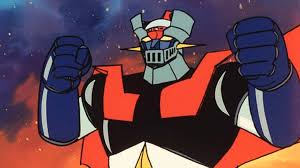
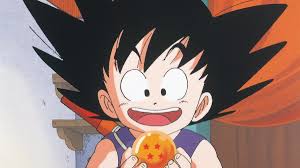
The Global Explosion (1990s–2000s)
By the 1990s, anime wasn’t just a Japanese export — it was a worldwide obsession. Shows like Dragon Ball Z, Sailor Moon, and Pokémon aired internationally, capturing kids’ imaginations everywhere. Suddenly, playgrounds from Tokyo to Toronto echoed with debates over who would win in a fight: Goku or Vegeta?
The internet accelerated anime’s growth in the 2000s. Fans could now connect across borders, stream episodes, and even create their own fan art communities. Titles like Naruto, One Piece, and Fullmetal Alchemist became global franchises, cementing anime’s place in mainstream culture.
Anime Today: Streaming, Influence, and Infinite Genres
Fast forward to today, and anime is bigger than ever. Streaming platforms like Netflix and Crunchyroll have made anime instantly accessible around the world, from Tokyo apartments to small-town living rooms in the U.S.
- Anime now influences everything:
- Fashion: From cosplay to high fashion collabs.
- Music: J-pop and anime soundtracks chart globally.
- Hollywood: Films like The Matrix and Inception borrow heavily from anime storytelling.
- Art: The bold, expressive style of anime inspires illustrators everywhere.
What makes anime so enduring is its versatility. Unlike Western cartoons (often targeted at kids), anime spans every age group and genre: romance, horror, sports, slice-of-life, and even cooking battles (Shokugeki no Soma, anyone?).


Why Anime Resonates Around the World
So why has anime captured hearts globally? A few reasons:
- Emotional storytelling: Anime doesn’t shy away from themes of loss, hope, and personal growth.
- Artistic innovation: Unique visual styles make each series instantly recognizable.
- Relatable characters: Heroes and villains alike are layered, flawed, and human.
- Imagination unchained: From fantasy epics to futuristic cyberworlds, anime’s only limit is imagination.
For many, anime is more than entertainment — it’s inspiration. Fans often go from watching anime to creating their own art, comics, or even full-blown manga stories.
Final Thoughts
From flickering black-and-white shorts in 1917 to billion-dollar franchises today, anime has come a long way. What started as a uniquely Japanese art form has become a global language of storytelling, creativity, and connection.
Whether you’re a lifelong fan or just dipping your toes in the anime waters, there’s never been a better time to celebrate this incredible art form.
And if anime inspires you to create your own stories, don’t forget: your journey could start right here with Make Me A Comic.
